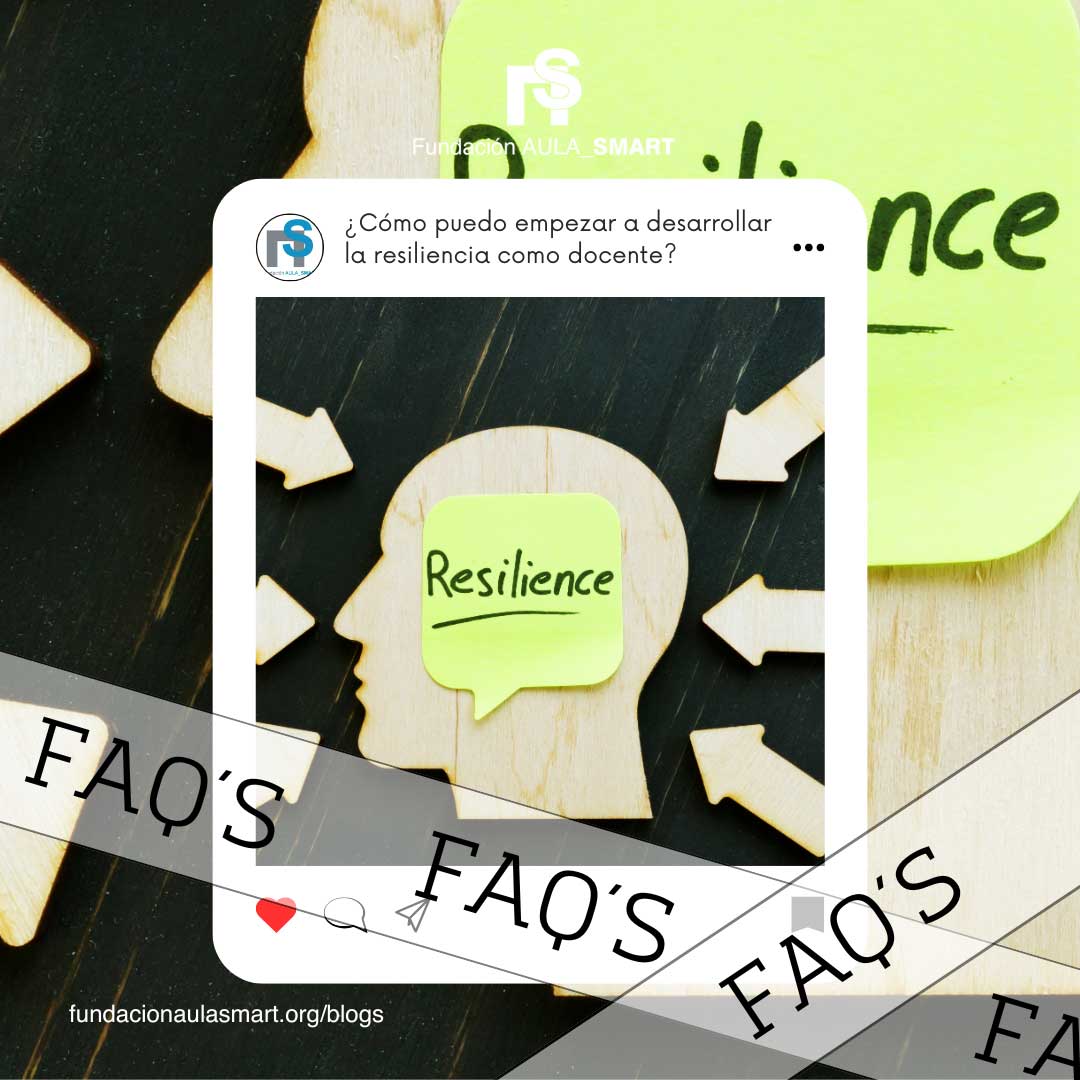The importance of teaching ethics and digital safety
Teaching students to manage technology ethically and safely not only protect them from risks such as cyberbullying or fraud, but also encourages fundamental skills such as critical thinking, empathy and social responsibility. In the educational context, these skills are crucial to prepare students for the future.
1. Basic Digital Security Principles
Protection of passwords and personal data
- Create strong passwords: Teach students to use combinations of letters, numbers and symbols to create safe passwords. Explain the importance of not sharing and changing them regularly.
- Personal data management: Students should know what information is adequate to share online and what should remain private.
Recognize online risks
- Cybercase: Explain what the cyberbullying is, how to identify it and what steps follow if they experience it or witness it.
- Fraud and scams: It teaches students to identify emails and suspicious websites.
Critical online sources evaluation
It provides tools and strategies to evaluate the credibility of a source, such as verifying the author, the date of publication and the references used.
2. Promote the ethical use of technology
Respect and empathy in digital communication
- Online behavior standards: Discuss the standards of label in the digital world.
- PLAGE AND INTELLECTUAL PROPERTY: Students must understand the importance of respecting copyright and how to properly cite sources.
Responsible use of time in front of the screen
It promotes healthy habits, such as taking regular breaks, establishing time limits for non -academic activities and prioritizing out -of -line activities.
Consciousness of the Environmental Impact of Technology
Enter concepts such as the fingerprint and the environmental impact of excessive use of electronic devices.
3. Resources to teach ethics and digital safety
Educational platforms and specialized programs
- Common Sense Education: It offers free lessons about digital citizenship and media literacy.
- Cybersmart!: Interactive resources that teach online security and technological ethics.
- Kahoot and Tremizz: They allow to create interactive questionnaires about security and digital ethics.
Simulations and practical activities
- Perform simulations of possible online scenarios for students to practice how to respond safely.
- Organize debates about ethical dilemmas related to technology.
4. Lead with the example
Teachers play a crucial role in modeling ethical and safe behavior in the use of technology. Some key practices include:
- Use reliable sources: Show how to search and cite online information correctly.
- Respect privacy: Do not share students' personal information on public platforms without their consent.
- Respectful communication: Promote positive and respectful interactions on digital platforms.
Conclusion
Ensuring that students use technology ethically and safely is a fundamental task for teachers in the 21st century. Through the teaching of basic principles of digital security, the promotion of ethical behavior and the use of educational resources, we can prepare students to navigate the digital world in a responsibility.


















Leave a comment
All comments are moderated before being published.
This site is protected by hCaptcha and the hCaptcha Privacy Policy and Terms of Service apply.